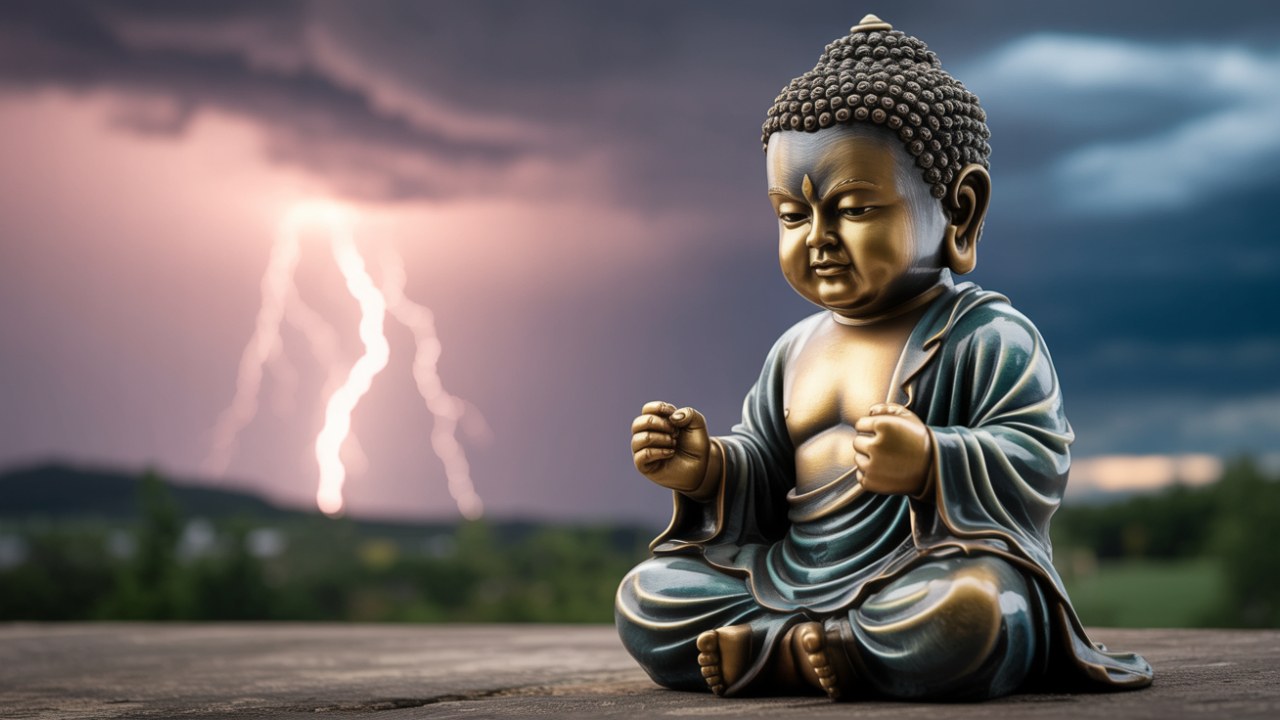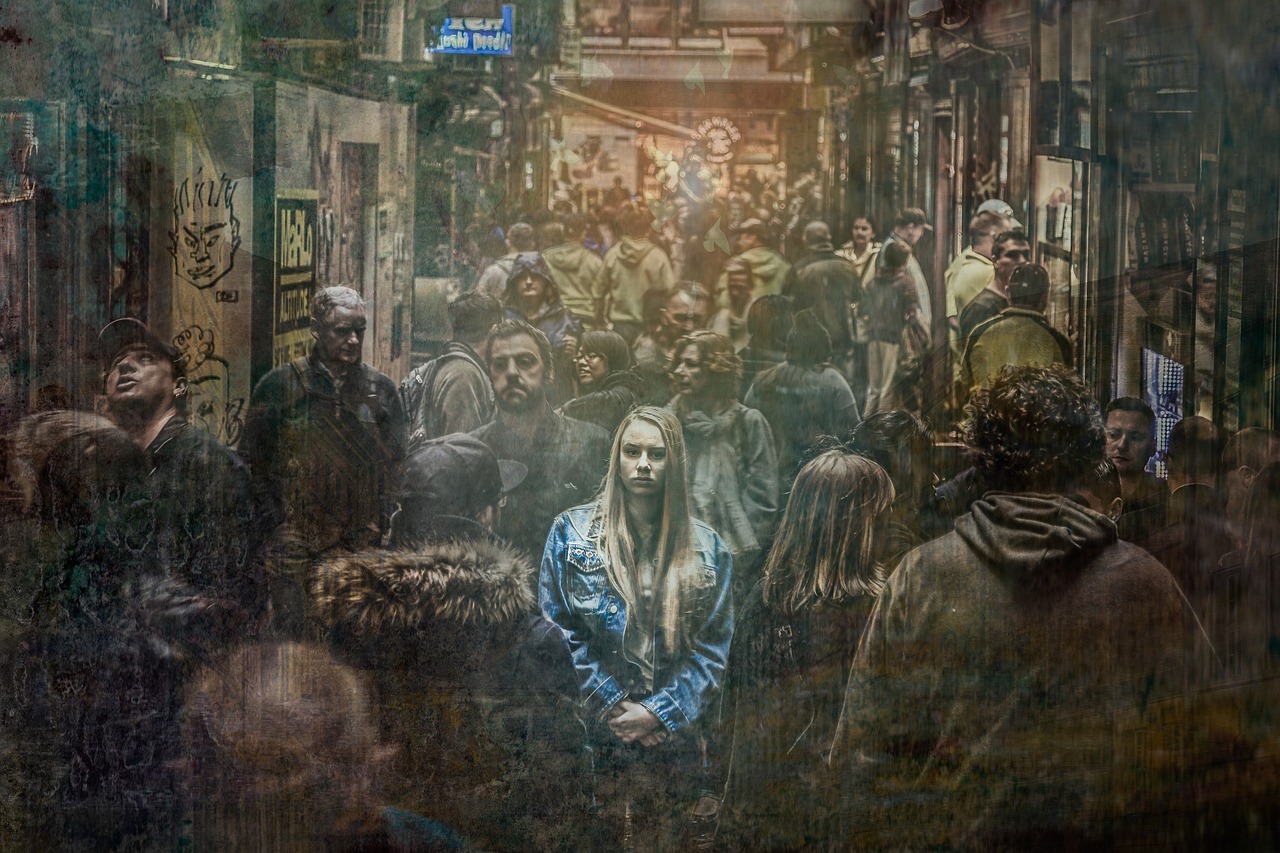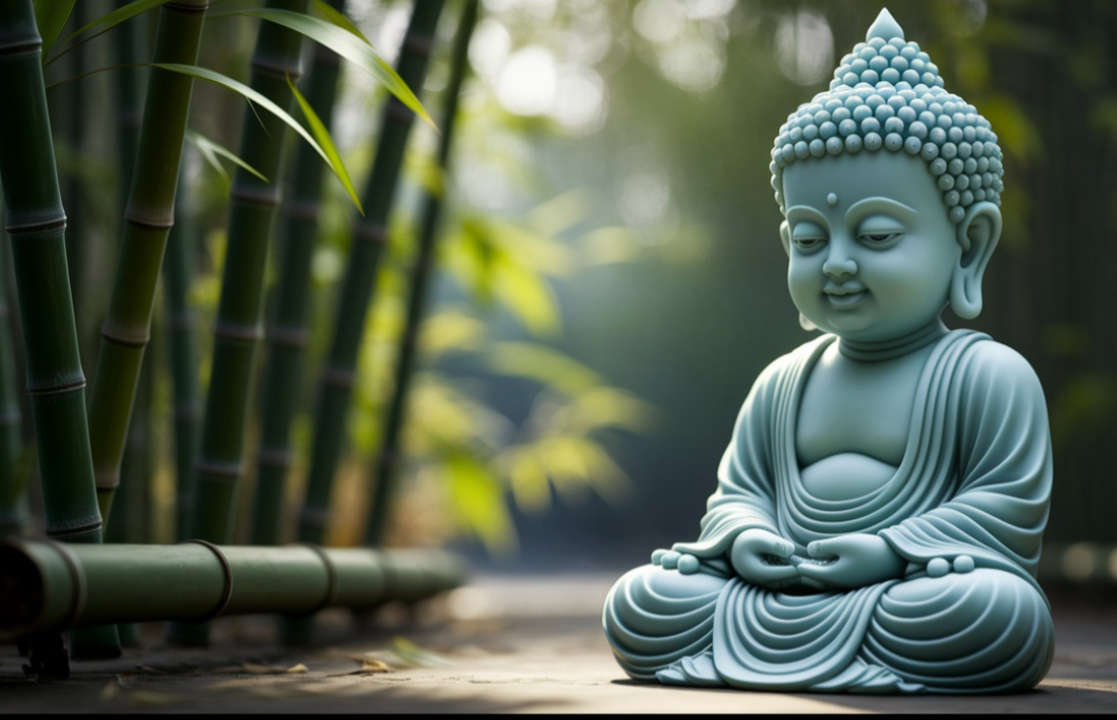The Misunderstanding of Ego
What if, instead of making the ego an enemy, we simply stepped back and realized that inner peace and happiness lie far beyond ego? Ego cannot touch them. When we first encounter the concept of ego—this self-masquerading-as-“me”—we instinctively make it a problem to solve. That’s the Western mindset: set a goal, create a plan, and work the problem.
But what if it’s simpler than that?
When we begin meditative or spiritual practices, this is a common mistake. We turn ego into a project, something to be defeated. Ironically, that just strengthens the ego. After all, who but the ego would create a problem to solve?
(Scroll down below the video to keep reading)
Can There Be Enemies in Beingness?
If we are grounded in our beingness as a spiritual practice, then having enemies becomes impossible. That includes internal enemies. Because if you have an enemy—inner or outer—you cannot have peace.
So how do we bridge the gap between ego and peace?
What Is Ego, Really?
Ego, at its simplest, is the feeling of “I” or “me.” Everyone has it. In English, we refer to it as “I” or “me,” and initially, that’s harmless. But then we start piling on definitions: I am a parent, spouse, friend, employee. That’s still manageable—until we start emotionally identifying with those roles.
“I am a good mother!” becomes not just a statement but an identity we need to protect. That’s when the burden begins. The more we internalize these identities, the heavier they become. The more we demand agreement from others about them, the more we suffer.
The Identity Trap: An Everyday Example
Let’s say you want to be both a good mother and a good employee. That seems admirable—until your job demands overtime and you also want to be present for your kids. Suddenly, these two identities clash.
When we strongly identify with both roles, any perceived failure in either becomes a source of anxiety. We scramble to manage and defend both. It becomes exhausting.
And it gets worse.
The Constant Need to Defend
When we attach to identities, we must protect them. We don’t want to be seen as a bad parent or bad worker. So we become defensive—and eventually offensive too, lashing out when our roles are questioned.
This creates an internal war, and wars need enemies. That’s why we hold onto grievances and struggle to forgive. The battlefield of ego thrives on opposition. And the ego loves this game—it keeps itself alive through it.
The Simplicity Beneath Complexity
The situations we face are often simple, but the meanings we attach to them are complex. Parenting, for instance, is simple at its core: love your child. Care for them. But when we think, “I need to be seen as a good parent,” love gets replaced with image management.
That shift changes everything—not only for us but for the child too.
Identity protection isn’t love. It’s fear. And fear keeps love at a distance.
From Love, Not Obligation
You go to work, cook meals, and fix things not out of duty, but because you love your child. There’s no obligation—just love. But when we complicate it with ego, we lose sight of this simplicity.
Suddenly, you’re juggling being a good parent, employee, and friend. This creates pressure, contradictions, and suffering.
Seeing Through the Illusion of Identity
Meditation often reveals how identities are constructed—and not real. So we flip again: ego must be destroyed. We try to remove all signs of selfishness, anger, and self-centeredness. But now we’ve just added another ego layer: “I must also be a good spiritual practitioner.”
We haven’t solved the problem. We’ve only dressed the ego in new robes.
The Ego Masquerade
Ego disguises itself well, especially under the label of good intentions. But there’s a vast difference between genuinely loving your child and needing to be perceived as a loving parent.
When you’re invested in the latter, you’re still protecting ego. It’s subtle, but the impact is deep—especially on those around you.
The Trap of Needing to Be Seen
Once you notice this pattern, it becomes clear: much of what we do is less about action and more about how we are perceived. This is a very different way of relating to life and creates much suffering.
So what do we do? We decide we must “get rid of ego.” But again, this only energizes it further.
Ego Is a Mirage
When you turn ego into a war, you never gain enough clarity to see it for what it truly is—a mirage. You created it, and now you’re fighting your own creation.
But what if you stopped fighting?
By ceasing the internal battle, you create space. And in that space, the ego can be seen clearly—no longer as something to defeat but something that’s simply not real.
A New Relationship With Ego
Instead of waging war, what if we saw ego like a child?
These identities were formed when we were young. They were responses to our environment. What if we viewed them with compassion?
Like a child, ego once served a purpose. It helped us feel safe. Now it may be outdated, but it doesn’t need to be an enemy. It needs understanding.
Gratitude for the Ego
Be grateful. Many of these ego-based identities helped you navigate life safely. For example, the belief “I am this body” may be false from a spiritual view—but it keeps you from walking into traffic. That’s useful.
So why demonize something that once protected you?
Watch the Shape-Shifting
Ego is a shape-shifter. Observe it throughout your day:
- With your kids, are you trying to manipulate their behavior to reflect a good image of you?
- At work, do you perform to be seen a certain way?
- With friends, are you subtly crafting your image?
Just notice. Not to judge. Just to see how much energy goes into ego’s maintenance.
The Real Problem Isn’t Ego
Ego became a “problem” only because we made it one. We use it to avoid seeing how much energy we spend keeping it alive.
It’s not your fault. We’re all born vulnerable. The impressions we received in childhood shaped our reactions. But now, with awareness, we can shift.
We don’t need to wage war. We simply see the ego for what it is—and let go.
Ego Lets Go When You See Clearly
Once you see ego patterns clearly, you don’t need to force anything. You’ll stop engaging with them naturally. Why? Because human beings don’t want to suffer.
If ego causes suffering and you see that directly, you’ll stop energizing it—without any spiritual performance.
The War Is the Problem
In our innocence, we created ego. Then we made it a problem. And then we went to war with it. That war is unnecessary. It’s a distraction that prevents true understanding of how the ego works, creating another obstacle to overcome before we can attain true and lasting happiness.
Stop the war, and the truth can emerge naturally.
Return to Beingness
The most important thing you can do is to return daily to your beingness.
Start your morning in stillness. Trace the ego back to the original “I am” before any identities were added. What would it feel like to go about your day without any need to protect or perform?
No roles. No battles. Just presence.
From this space, everything becomes acceptable. There are no problems, only experiences. And peace arises—not by defeating ego, but by no longer giving it your energy.
Watch Ego is NOT the Enemy on YouTube




Leave a Reply